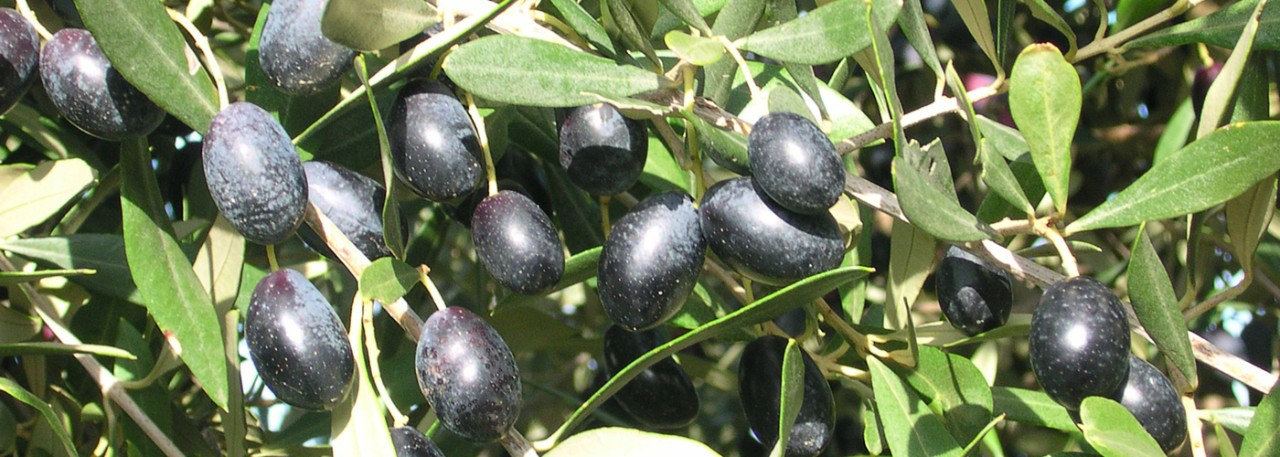.png.transform/rendition-xs/image_image%20(1).png)
Aceite de Terra Alta PDO
Extra virgin olive oil obtained from the fruit of olive trees (Olea europea L.) of the (predominant) Empeltre variety or a mixture of Empeltre and secondary varieties Arbequina, Morruda and Farga, by mechanical or other physical means that do not alter the oil in any way, preserving the flavor, aroma and characteristics of the fruit from which it is obtained.
Tasting notes
These oils are yellow in color, in shades ranging from pale to deep golden yellow. Their pleasant flavor is fruity when they derive from early-harvested olives, and slightly sweeter from later harvests. Aromatically, they are reminiscent of almonds and green walnuts.
Other notes
Analytical data:
- Maximum acidity (% of oleic acid): 0.50
- Peroxide value maximum (meq. 02/kg): 18
- K270: maximum 0.20
- K232: maximum 2.50
- Maximum moisture and volatility (%): 0.20
- Maximum impurities (%): 0.10.
Production / Processing method
For the most part, the olive groves are marked out to create a planting density of 50 to 80 trees per hectare (2.5 acres). The farming methods used are those traditional to the area. Pruning is directed at removing old wood to reduce the height of the tree, which then takes on a rounded shape that is both conducive to higher yields and easier to harvest. Currently, 90% of this area’s olive groves are unirrigated, while the remaining 10% use drip irrigation.
The olives are either hand-picked directly from the branches by the traditional method or dislodged using vibrating equipment. Only healthy olives of the authorized varieties and at the right stage of ripeness are gathered. After being transported to the mill in conditions that obey established guidelines to prevent deterioration, they undergo the various mechanical processes involved in extracting their oil.
These include grinding, malaxation, separation into solid and liquid phases, and storage. The olives must be ground within 48 hours of harvesting to avoid changes setting in and affecting their quality.
Oils are eligible for certification only when obtained from the fruit of trees at least five years old. After evaluation, the oil is packaged in receptacles with capacities of up to five liters. The entire process, from production to labeling, takes place within the production area.
Geography / Relief and climate
The specific characteristics of this area’s physical environment generate a microclimate of its own; this influences the biological cycle of the olive tree and, consequently, the olive. These characteristics are:
Altitude: the PDO area lies on a plateau at an average altitude of 400m (1,312 ft) above sea level.
Natural barriers: three mountain ridges converge in this region. The first two are the Pàndols and Cavalls ridges, around 700 m (2,296 ft) at their highest points, and the third, the more imposing Els ports de Beseit, in the far north, which reaches up to 1.400 m (4,593 ft).
Winds: In this area the winds are important, not so much for their force (which is moderate) but rather for their contribution to olive-growing. The two most significant ones are locally known by name - Garvinada and Cerç. The former contributes the moisture that the crop needs and the latter helps keep threats to plant health, such as fungus, at bay, allowing the olives from which the oil will be extracted to reach optimal ripeness.
Regulatory Council
Consejo Regulador de la DOP Aceite de Terra Alta
C/ Povet de la Plana, s/n.
43780 Gandesa (Tarragona)
Tel: (+34) 977 42 04 74
info@dopoliterraalta.com
www.dopoliterraalta.com
Sources:
- Spanish Ministry of Agriculture
90% of this area’s olive groves are unirrigated, while the remaining 10% use drip irrigation.


- Aceite de Terra Alta 1
- Aceite de Terra Alta 2

Gandesa (Catalonia)
